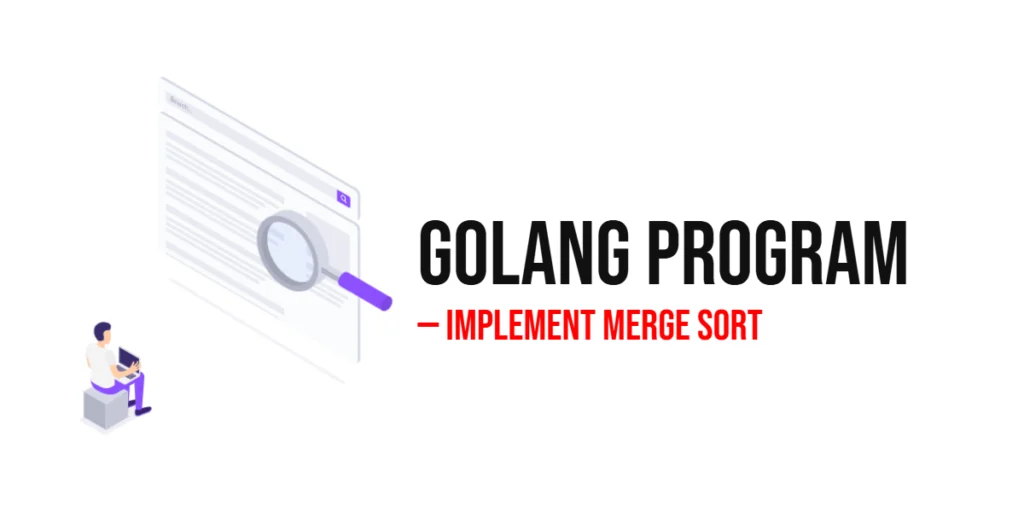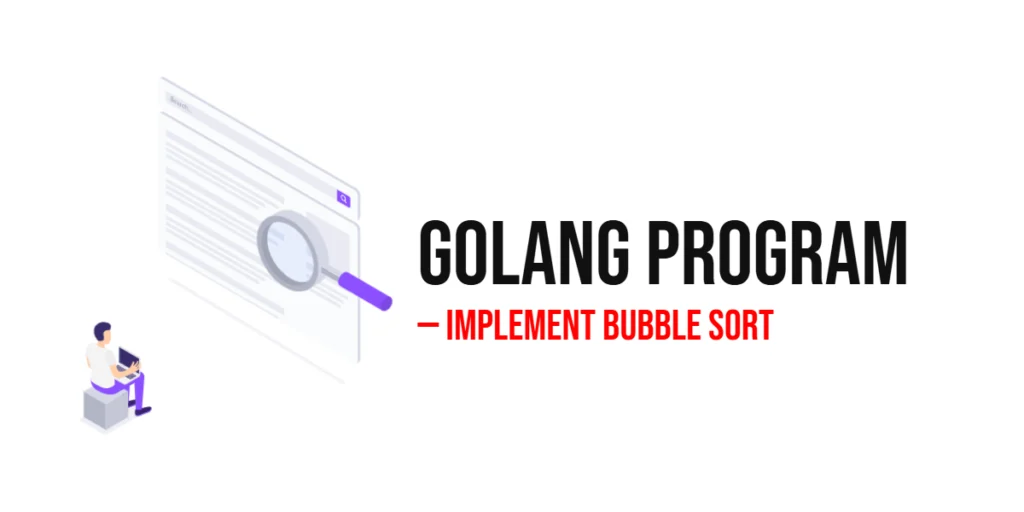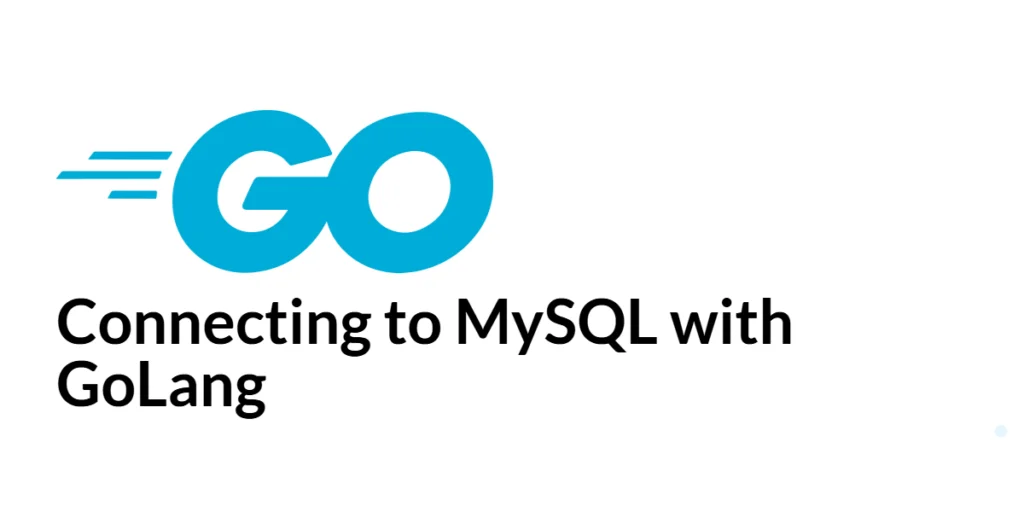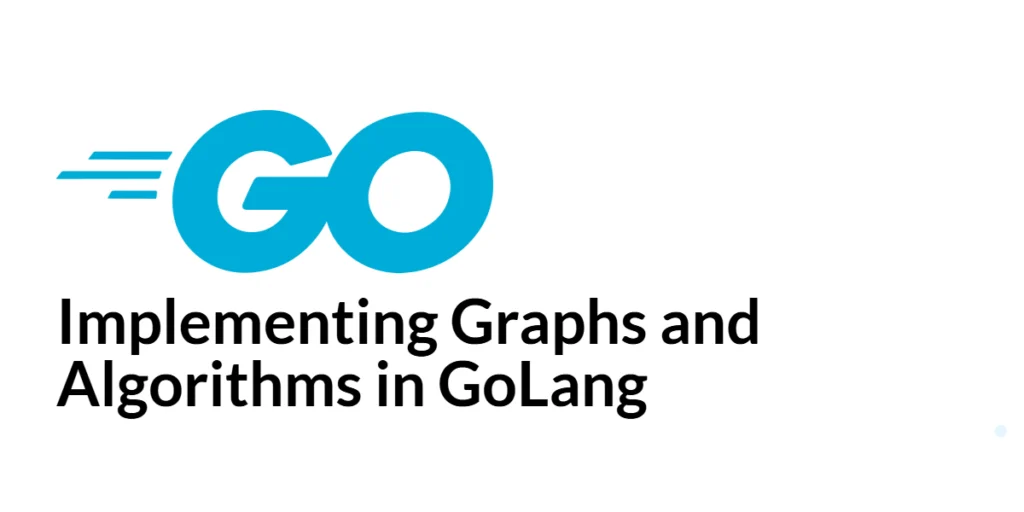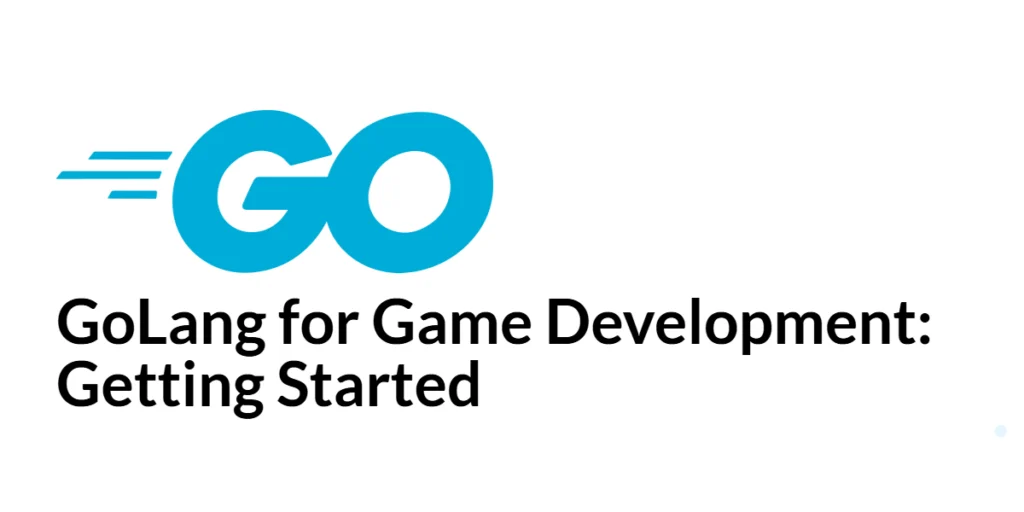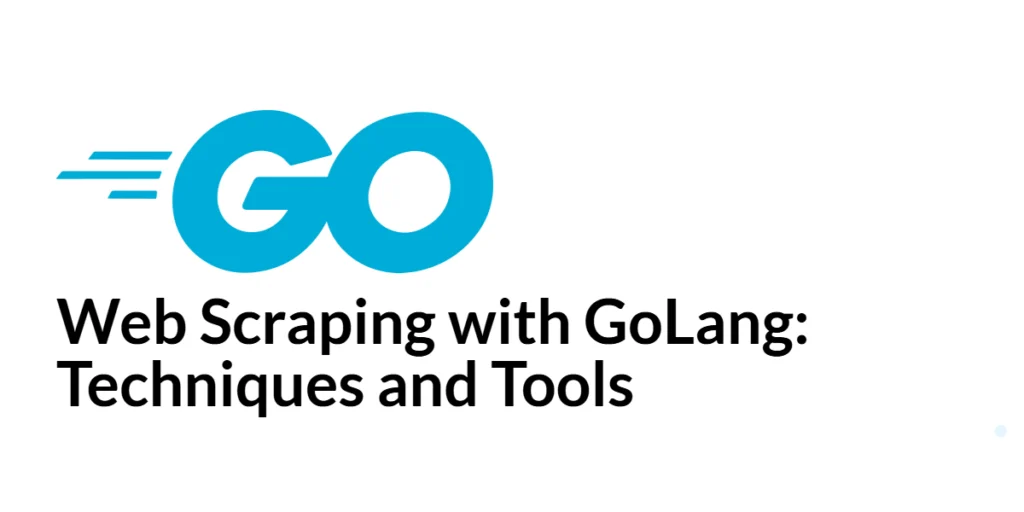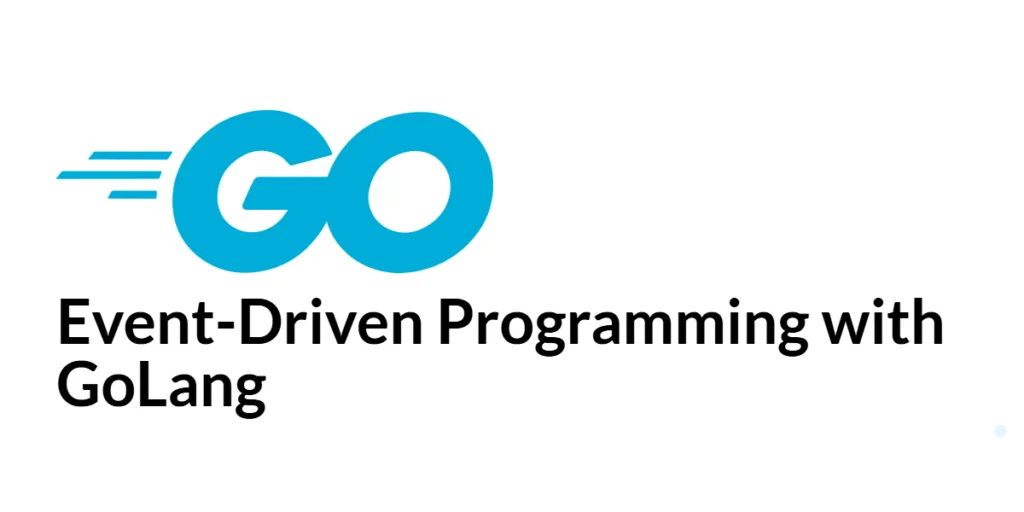GoLang Program to Implement Merge Sort
Sorting is one of the most important skills for every programmer to master. It allows you to arrange data in a particular order, making it easier to analyze, search, and display. Merge Sort is a classic sorting algorithm that plays a big role in computer science and software development. It’s fast, efficient, and introduces beginners […]
GoLang Program to Implement Merge Sort Read More »
